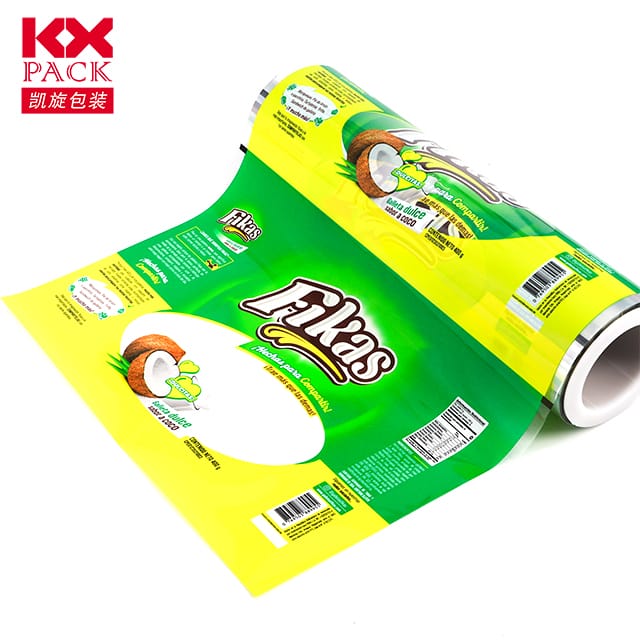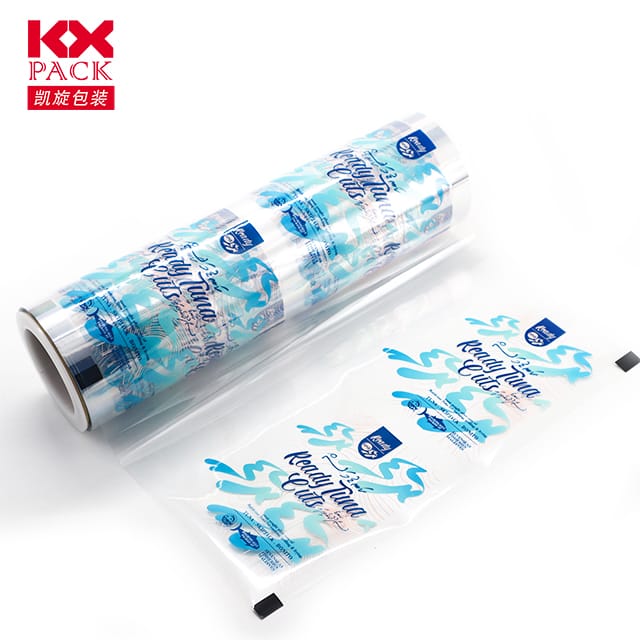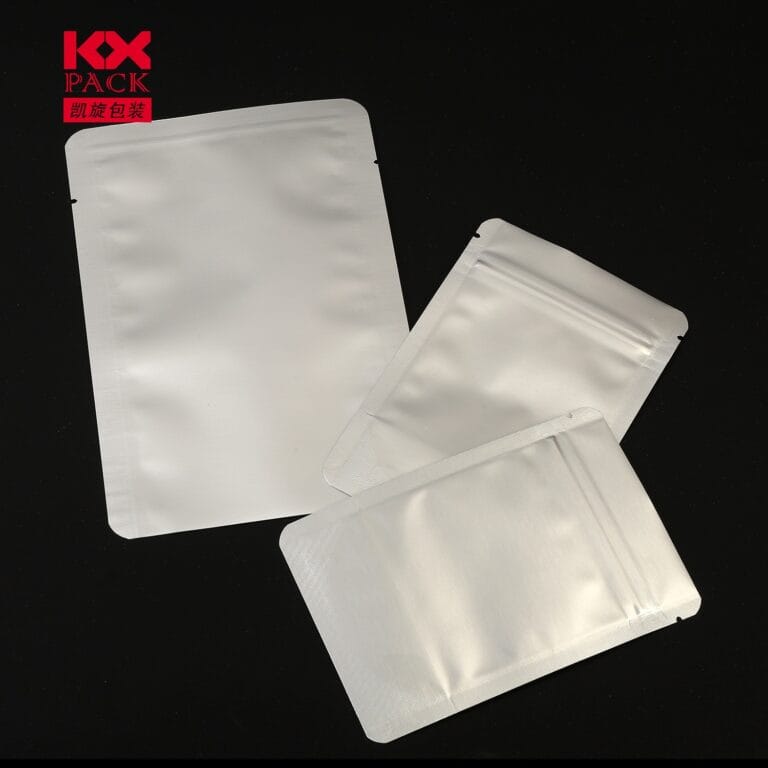Film de rouleau d'emballage imprimé: L’avenir du storytelling de marque et de l’emballage durable
Film de rouleau d'emballage imprimé
In an era where consumer attention spans are shrinking and environmental concerns are escalating, Film de rouleau d'emballage imprimé est devenu un élément révolutionnaire pour les marques de tous les secteurs. Des grains de café aux produits pharmaceutiques, ce matériau polyvalent redéfinit la façon dont les produits sont emballés, commercialisé, et livré, tout en s'alignant sur les objectifs mondiaux de développement durable.
What Is Printed Packaging Roll Film?
Film de rouleau d'emballage imprimé, également connu sous le nom rollstock, is a continuous roll of flexible material (typically plastic, papier, or biodegradable composites) engineered for automated packaging systems. It is used in form-fill-seal (FFS) machines to create custom-shaped pouches, sacs, or wraps on demand. Unlike pre-made bags, roll film allows brands to:
- Print high-resolution graphics directly onto the material, showcasing logos, product details, and promotional messaging.
- Adapt to diverse product sizes with precision, reducing waste from oversized packaging.
- Leverage cost-effective short runs, making it ideal for seasonal, private-label, or niche products.
Why Brands Are Embracing Roll Film
1. Branding Power: Turn Packages into Storytellers
In a crowded marketplace, packaging is often the first touchpoint with consumers. Printed roll film enables brands to:
- Display vibrant, multi-color designs (jusqu'à 850 DPI resolution) that grab attention on shelves or e-commerce platforms.
- Incorporate dynamic elements comme les codes QR, Étiquettes RFID, or augmented reality triggers for interactive experiences.
- Maintain consistency across product lines, reinforcing brand identity.
Par exemple, a coffee brand can print barista-quality imagery of beans and brewing tips directly on its packaging, transforming a simple pouch into a marketing tool.
2. Durabilité: L’impératif vert
Le global Film de rouleau d'emballage imprimé market is projected to grow at 4.1% CAGR à travers 2035, driven by demand for eco-friendly alternatives. Printed roll film is at the forefront of this shift:
- Biodegradable and compostable options (Par exemple, polymères d'origine végétale) are replacing traditional plastics.
- Mono-material designs simplify recycling by eliminating layers of mixed materials.
- Réduction des déchets de matériaux through precise cutting and form-filling processes.
The pharmaceutical sector, valorisé à$25.8 milliards par 2033, is adopting roll films withRFID and blockchain integration to combat counterfeiting while meeting sustainability mandates.
3. Operational Efficiency: Flexibility Meets Speed
Roll film’s compatibility with FFS machines streamlines production:
- Fast lead times: Orders as low as 1,000 linear feet per design enable agile responses to market trends.
- Customizable unwind directions and web widths (jusqu'à 30 inches) accommodate unique packaging shapes.
- No plate fees: Digital printing eliminates the need for costly setup, lowering barriers for small businesses.
A tea brand, par exemple, can test multiple packaging designs without committing to large inventories, reducing risk and waste.(Film de rouleau d'emballage imprimé)
Considérations clés pour les marques
- Sélection des matériaux: Balance barrier properties (humidité, oxygen resistance) with sustainability goals.
- Print Resolution: Opt for 7-color process printing to ensure crisp visuals on glossy or matte finishes.
- Compatibilité des machines: Verify roll dimensions and unwind directions with your FFS equipment.
- Conformité réglementaire: Adhere to food-grade certifications (FDA, UE) or pharmaceutical standards (ISO 15378).
La route à venir: Trends Shaping 2025 and Beyond
- Emballage intelligent: Integration of IoT sensors to monitor product freshness or authenticity.
- Économie Circulaire: Adoption of closed-loop recycling systems for roll film waste.
- Hyper-personnalisation: Variable data printing to tailor packaging to individual consumer preferences.
Conclusion
Printed packaging roll film is more than a material—it’s a strategic asset for brands aiming to differentiate themselves in a competitive landscape. By combining eye-catching design, durabilité, and operational agility, it empowers companies to meet evolving consumer expectations while future-proofing their packaging strategies.
As the market for flexible packaging surges, businesses that invest in innovative roll film solutions today will lead the charge toward a greener, more engaging tomorrow.
Prêt à élever votre emballage? Explore custom roll film options tailored to your brand’s needs—where every pouch tells a story. 🌍✨







